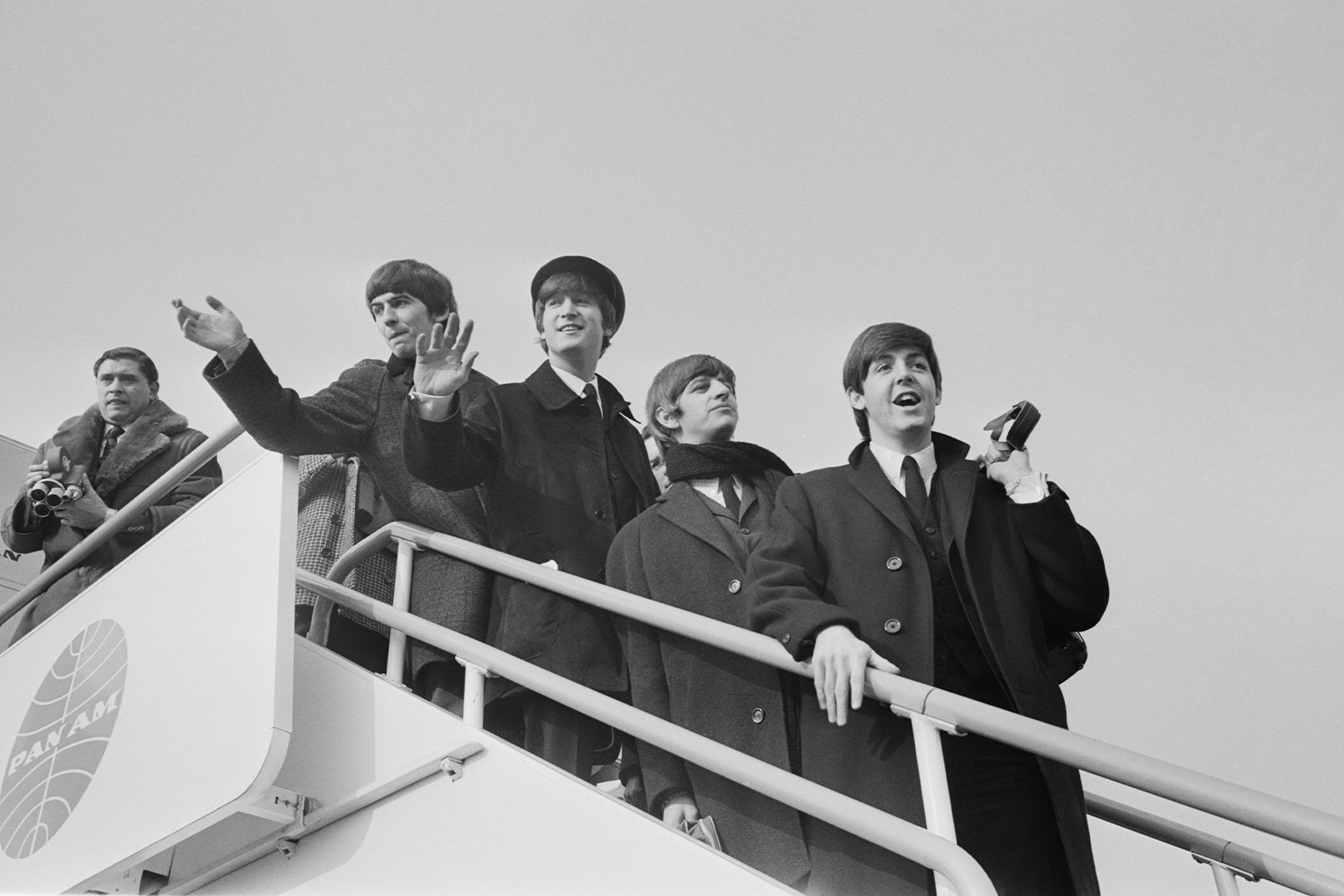When compact discs hit the marketplace in 1982, retailers were quick to pronounce the death of long-playing vinyl records. Admittedly, I was eager to join the bandwagon. CDs were seemingly indestructible and much easier to lug around. Sure, I’d miss the size of the artwork, but there was no love lost, as far as I was concerned, when it came to all those tedious scratches and skips.
In recent years, of course, vinyl has come roaring back to life. In the current year alone, record sales have nosed ahead of compact discs. It turns out that audiophiles and mass consumers alike are making their return to vinyl. The timing couldn’t be better for Apple Corps to rerelease the Beatles’ American LPs. An upcoming box set to be released in November, entitled "The Beatles: 1964 US Albums in Mono," celebrates Beatlemania’s incredible onslaught on American shores.
Consisting of seven albums—"Meet The Beatles!" "The Beatles’ Second Album," "A Hard Day’s Night," "Something New," "The Beatles’ Story," "Beatles ’65," and "The Early Beatles"—the box set will be accompanied by essays penned by Beatles historian Bruce Spizer. The world’s authority on the band’s record releases, Spizer has authored numerous books about the Beatles’ vinyl history and its numerous permutations over the ensuing decades.
In an interview marking the box set’s release, Spizer pointed out that “these albums were the records that Americans heard back in 1964. This was how we were exposed to the wonderful music of the Beatles. Capitol’s decision to reconfigure the Beatles' British albums by adding the Beatles' singles to the lineup was based on its view that hit singles make hit albums. And it worked spectacularly, leading to increased album sales at a time when singles ruled the radio airwaves and record sales.”
But as music history has demonstrated, even Capitol failed to comprehend the awesome nature of Beatlemania. As Spizer remarked, “Based on prior sales of teen albums, Capitol had forecast sales of 250,000 units for 'Meet The Beatles!' But in a little over two months from release, the album had sold 3.6 million copies, letting record companies know that well-crafted albums aimed at youngsters could be big sellers.”
In many ways, the U.S. Beatles releases marked a shift in how we perceived the album as an art object. As Spizer observed, “This was at a time when teen albums typically had one or two good songs, with the rest being mediocre filler. But on these Beatles albums, every song was great. Capitol supplied the bait by putting the hit singles on the albums, but purchasers more than got their money’s worth. These Capitol Beatles albums changed the way youngsters listened to music, with the album becoming the dominant music format within a few years."
Want a daily wrap-up of all the news and commentary Salon has to offer? Subscribe to our morning newsletter, Crash Course.
Indeed, one can draw a line from the early Beatles LPs to the band’s own masterworks in "Rubber Soul," "Revolver," "Sgt. Pepper’s Lonely Hearts Club Band," and "Abbey Road." But their influence didn’t end there, extending into the 1970s with such blockbuster releases as Pink Floyd’s "The Dark Side of the Moon," The Eagles’ "Hotel California," and Fleetwood Mac’s "Rumours."
Apple’s rerelease of the Beatles’ first seven U.S. LPs affords music lovers with a powerful window into the storied days of 1964, when the group captured the nation’s imagination in unique and virtually unparalleled fashion. During that fabled year alone, the group amassed 17 Top 40 hits, including six chart-toppers, along with a spate of number-one albums and a blockbuster film in "A Hard Day’s Night" to boot.
Cut for vinyl from the original master tapes, the records that comprise "The Beatles: 1964 US Albums in Mono" box set will be a welcome addition for audiophiles, who will revel in the overall dynamics and sound quality inherent in the new pressings. In and of themselves, these records document the evolution of Beatlemania in classic style.
Read more
about this topic


